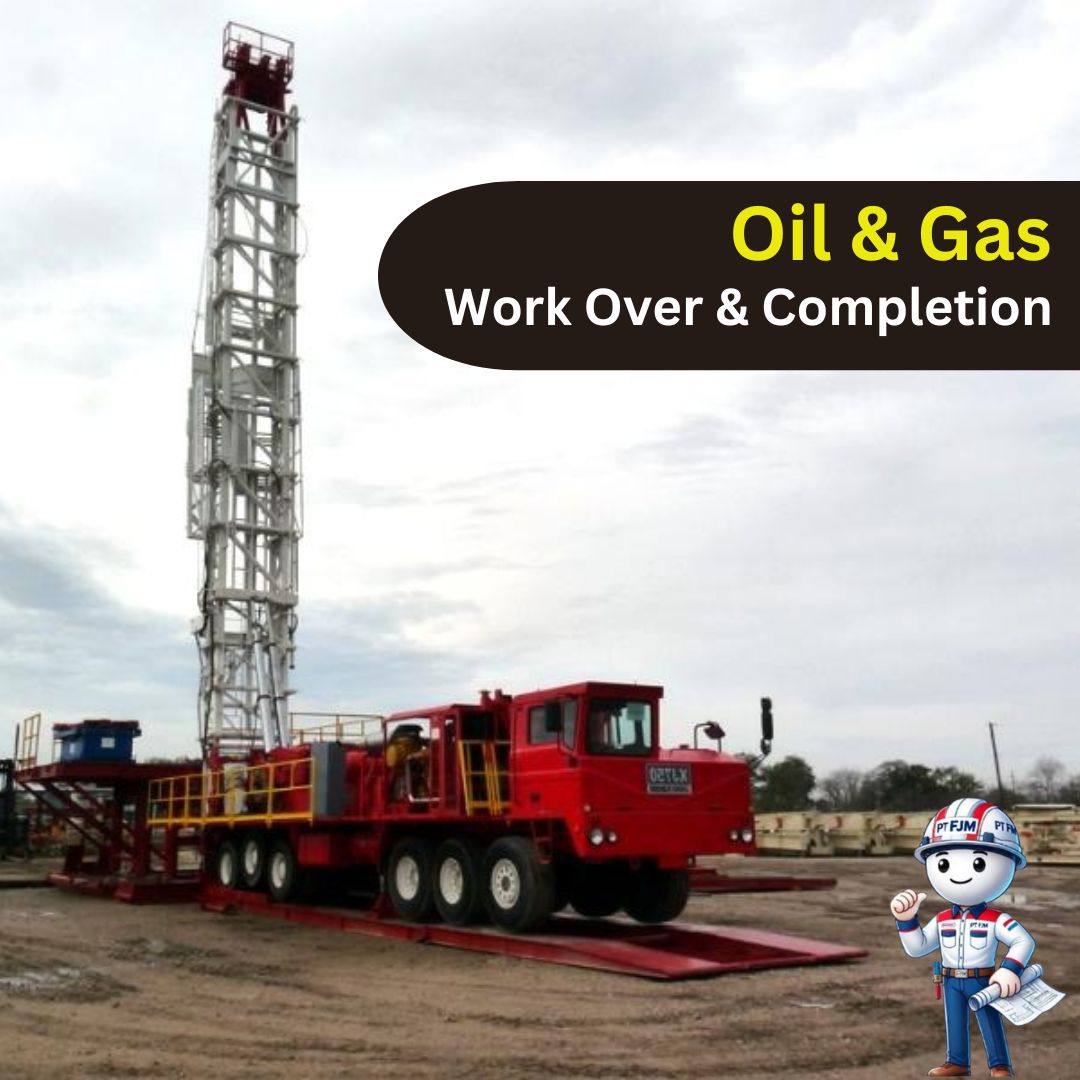
Well Completion and Workover

BACKGROUND:
Well completion and workover represent two essential activities in the oil and gas industry, applicable to both oil and gas wells. The initial completion process enables production fluids to flow into the wellbore and subsequently to surface facilities. Conversely, workovers are necessary when production levels begin to decline over time. Thus, workovers are often performed repeatedly. Typically, well completion occurs only once in the life of an oil or gas well, whereas workovers may take place regularly whenever a Production Engineer identifies an opportunity to enhance production rates.
Engaging in oil and gas activities entails significant capital investment and inherent risks, as operations involve flammable fluids, high pressure, and elevated temperatures. Therefore, all personnel involved must possess the necessary knowledge and qualifications, along with sufficient experience. However, it is common for some individuals to lack the required prerequisites for their roles. As a result, supplementary training may be necessary to ensure that operations are conducted safely, technically sound, and environmentally friendly.
OBJECTIVES:
After attending this training participants expected to:
- Understand correct prosedur and technique of well completion dan workover
- Recognize and familiar with equipment related to workover and well completion
- Undestand technique and function of well stimulation
- Analysis well problem and give the right solutions
- Improve well flow performance
- Design workover and well completion
- Analisa completion and workover results
TRAINING CONTENT:
- Basics of Production Techniques: Reservoir flow energy, Oil well production testing, Gas well production testing
- Well Completion Practices: Types of well completion, Interval selection and productivity considerations
- Downhole Production Equipment: Tubular products, Packers, Circulating devices, Nipples, Blast joint and flow coupling, Telescopic swivel joints, Subsurface Safety Valves, Artificial lift equipment, Wellhead Assemblies
- Perforating: Shaped charges, Industry testing procedures, Gun categories, Specialized equipment and operation, Casing deformation/damage, Perforation productivity considerations, Field completion considerations, Wellhead pressure control, Depth control technique
- Production Problems
- Sand Control: Basic technology, Control methods, Program engineering
- Types of workovers: Full-bore, Thru- tubing
- Workover equipment: Rigs, Hydraulic (Snubbing) Units, Coiled tubing
- Workover fluids selection
- Hydraulic fracturing
- Acidizing
- Acid-Hydraulic Fracturing
- Corrosion, Scale, and Paraffin Removal
- Changing of Production Zones
- Leak Detection and Isolation
- Economic Analysis and Decision
WHO SHOULD ATTEND:
- Drilling Team: Engineer, Superintendent, Supervisor
- Well Services team: Rig Manager, Service Company Drilling, Rig Supervisor
- Petroleum Engineering Team: Workover engineer, Production Engineer, Production superintendent, Production Supervisor, Senior Operator
- HSE Supervisor, and Maintenance Supervisor.
TRAINER:
Prof. Herianto, Ir., M.Sc., Ph.D.
